How a Sprint Phone Is Born
Aug 10, 2012, 2:22 PM by Eric M. Zeman

Sprint recently offered Phone Scoop a rare peek behind the curtain at its Overland Park headquarters, where it detailed its phone selection process and how it hones them from rough concepts to finalized products.
Intro
Sprint gave Phone Scoop an inside look at how it chooses, tests, and certifies its cell phones, as well as some of the thinking that goes behind the selection process. It goes way beyond picking what's "cool" or "hot." Trends come and go, and Sprint has to pick phones that fit a wide range of users and lifestyles. It ain't a walk in the park. Read on to learn how a phone makes its way to a Sprint shelf.

Deciding
Predicting who will win the Super Bowl in February 2014 is pretty much impossible. Even predicting which teams will make the playoffs in the 2013 season would be a challenge. Perhaps, just maybe, the best minds in all of sports would be able to select which teams might make it to the postseason a year and half ahead of time, but even then they'd probably only get a few right.
Picking cell phones that will be successful once they reach the market is somewhat similar, according to Sprint.
Sprint said that this year (2012) it will launch 58 devices. That includes feature phones, smartphones, mobile hotspots, laptop dongles, tablets, embedded devices, and other products. That averages over one launch per week, each of which takes about a year to prepare.
Selecting hardware generally starts at the Consumer Electronics Show. It is there that wireless network operators meet with their handset manufacturer partners and see the hardware maker's device roadmap and designs for the coming year. They'll look at a number of concept devices (mostly just images, rather than physical mock-ups) that are given some rough specifications and characteristics. We're talking big picture stuff: wireless radios, camera, screen, platform, and processors.
Sprint looks at five major considerations when picking devices. First, its own internal data and metrics: where the phone fits in its overall roadmap based on a number of key points. For example, looking at Sprint's selection process through the end of 2013, it wants to meet specific goals, such as offering Jelly Bean, Windows Phone 8, and BlackBerry 10 devices by late 2012 / early 2013. Or offering devices with a defined range of screen sizes within a specific time frame, such as making sure it has a "phablet" by mid 2013.
Devices have to conform with Sprint's Network Vision project and timeline, too. For example, all Sprint phones needed to support CDMA in the 800 MHz band by this year. LTE 4G devices can support just 1900 MHz this year, but starting next year all Sprint devices need to support LTE in the 800, 1900, and 2500 MHz bands, and also include HD Voice technology.
Sprint then looks at external data, hardware and software trends in the market, the hardware maker's own roadmap and scheduling, and finally positioning and leadership opportunities in the market for each and every device. A new phone may look like a winner to Sprint, but if the hardware maker can't deliver it in the right timeframe for Sprint, Sprint moves on.
These decisions aren't made lightly, and any of the factors can change at a moment's notice. In the end, Sprint assesses all the information it has and looks 12 to 18 months into the future, hoping to make it to the playoffs.
Branding
Branding is a part of the decision process that Sprint pays special attention to. Dan Hesse, Sprint CEO, told Phone Scoop that every company wants to associate itself with strong brands. This played a role, for example, in Sprint's decision to offer Apple's iPhone. The iPhone and Apple both have strong reputations in the market, and Hesse knew that Sprint would benefit by associating Apple and the iPhone with Sprint.
The global nature of recent products, however, has had a huge impact on this part of Sprint's decision-making process. For example, with the HTC One Series. Sprint was impressed by the One Series and wanted to offer its own. However, it spent hundreds of millions of dollars investing in and building the EVO brand, starting with the EVO 4G in June 2010 and a half-dozen others in the following years.
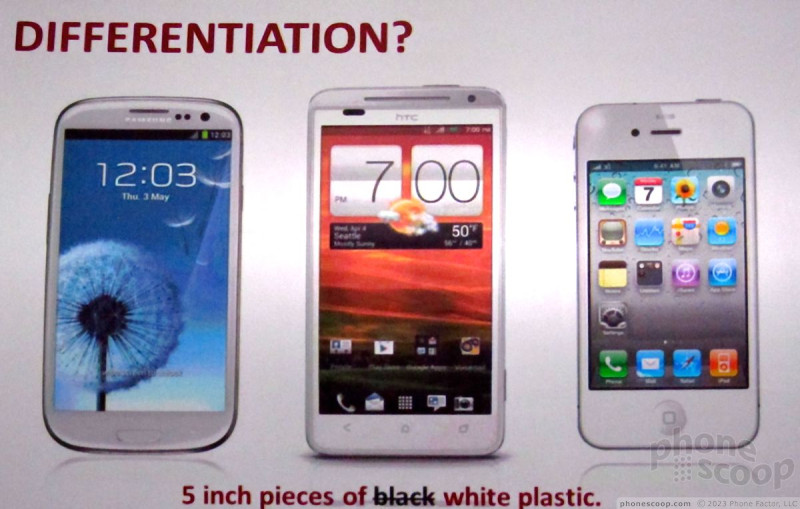
Sprint wanted a new, iconic EVO device, but it also wanted HTC's One X. In order to serve its purposes and reap the benefits of its EVO investment, Sprint chose to rebrand the HTC One X as the EVO 4G LTE. It also asked HTC to make design modifications to differentiate it more from the devices offered by its competitors.
"Branding is important to people," explained Sprint VP David Owens. "Even if something is the same, the affiliation with Sprint and HTC with the EVO brand is important for us and our customers. Every time we look at a global product like that, we have to ask these same types of questions."
When faced with the Samsung Galaxy S III, however, Sprint knew it had to take a different approach. Samsung pushed for the global status of the device and didn't want to differentiate the hardware for individual carriers. Sprint admits that with devices such as the Galaxy S III and iPhone 4/4S, it has to play ball with its hardware partners.
Certifying
If only it were as easy as giving a faceless lab tech a phone and letting him/her play with it for several hours to certify it on Sprint's network. Instead, each and every device goes through rigorous testing protocols in a process that consumes, on average, a full calendar year.
After the basic specifications and design are picked, the device goes through nearly a half-year of locking down the final set of features and initial development. Once working mock-ups are prepared by the manufacturer, they are handed off to Sprint for certification.
Basic Tests
Each phone faces 40 to 50 custom Sprint specifications. There are tens of thousands of requirement and test cases that need to be passed. Most phones have more than 100 million lines of code, with more than 1,000 components (baseband, antenna, processor, ports, display) that come from more than 150 different suppliers (Qualcomm, Sierra Wireless, Cisco, Asicion, et al.).
Each phone has 80 to 90 unique applications that need to be tested and certified to work properly; and each device has to support more than 100 business policy and support tools. Lastly, the devices have to work properly on three different domestic networks that are run by seven different network infrastructure providers (Alcatel-Lucent, Ericsson, etc.) This last number balloons to hundreds of networks and infrastructure providers if a device is global.
The browser on an average smartphone has to meet 1,800 requirements and goes through 1,600 individual tests. Wi-Fi radios go through hundreds of tests. Bluetooth goes through more than 500 tests, and GPS goes through more than 200 tests. Music features go through more than 150 tests.
Signal Tests
Device signal and RF performance is one of the core items tested on each device. Sprint devices go through more than 10,000 tests before they are certified to work on the Sprint network. The criteria they have to pass would astound you.
Cell phones and other devices are subject to 350 different wireless data tests and 30 different network authentication tests. Sprint uses several different facilities at its Overland Park headquarters to test RF performance. The phones are put in a chamber and surrounded by several dozen sensors to test sensitivity, power, connection, latency, and other factors affecting performance.
Things Sprint looks at include how well the device establishes a connection to the network itself and identifies itself, as well as speed on the network, call drops or blocks, and so on.
Then Sprint examines multiple handoff scenarios between various network types, depending on the state of the device. Is it active or dormant, is it roaming between CDMA and LTE, or CDMA 800 to CDMA 1900? ...and so on.
These technical tests are meant to ensure that each device is safe for the network (that it doesn't damage network performance) and that radio properties, RF properties, and RF performance criteria are met. Antenna, GPS, power save mode, global network selection, and network device data performance are all tested. These are all performed in a lab.
They also test the devices next to a mock human head, and in human hands with different grips to see if how the phone is held, or where it is positioned, plays a role in signal performance. The mock human head is filled with a liquid that simulates brain matter. Not only does Sprint test signal performance on the network when obstructed by human body parts, but it also looks at the specific absorption rate (how much cell phone radiation is absorbed by cells in the body), just like the Federal Communications Commission.
All the data is measured and processed by massive, refrigerator-sized pieces of equipment that are extremely sensitive.
Once a device passes all these tests in a lab, it then has to pass them out in the real world.
Sprint has several drive loops that it takes its devices on to see how well they perform handoffs between towers and hand-offs between network types (CDMA-to-LTE), and so on. There's one loop in Overland Park, one in Chicago, and one in Branchburg, NJ.
The real-world drive tests measure quality of voice calls, call drop rates, and call block rates. They measure the time it takes to send and receive text, picture, and video messages. They test the time it takes to route GPS-based directions, how accurate the navigation is, and how effective re-routes are. Drive tests measure how well video streams across the nework, and has to pass criteria such as time to first frame, stall rates, and artifacting. Last, drive tests really take web browsing to task. They measure the time it takes to render pages on a device, how quickly pages are delivered to the device, and how quickly the network responds to the request. Sprint has its own set of test pages, and also tests against the top 10 internet sites.
App Tests
Sprint can't afford to give every application developer a full slate of its devices, but it has to let developers test applications somehow. Sprint has a really neat set of tools available that allow developers to access and use an actual device that is stored in Sprint's lab. Here's how it works.
Registered developers are given software that can hook into Sprint's test facilities. The software is used to access the phones remotely, which are live and hooked into Sprint's backend. Using the software, application developers can access and run (not simulate, really run) any feature or application on the device. The developer can activate all the buttons, rotate the screen, and perform any action that the hardware itself can do.
With this level of access, the developer can then install their application to see how it will perform on Sprint's network. They are able to activate each and every facet of their own application and test it against the device and its capabilities.
Sprint doesn't have an endless supply of these devices, either. In fact, developers have to reserve the devices ahead of time. When one is being used, no one else can access it. What's really interesting is that the devices stretch back years, across Sprint's entire catalog of devices. We spied some pretty old phones sitting in Sprint's rack gear that were being used to test Java and other apps, all remotely. Neat.
Battery Test
Battery testing is one of the last things to occur in the certification process. The manufacturer gives Sprint guidelines as to what it expects from the device, and once the code is finalized and the signal performance is where it needs to be, the devices are run through a battery (pun intended) of tests.
The tests are a bit boring, in reality. Rather than actually use the devices as your or I would to test the battery life, they are hooked to computers via cable and run software tests. The most important tests are for talk time and standby time. According to Sprint, near-final devices almost always measure up to expectations when it comes to battery life. It is very rare for a device to have significant battery problems.
But Sprint really does test everything. The certification software controls the device to perform every function, using all the radios and features.
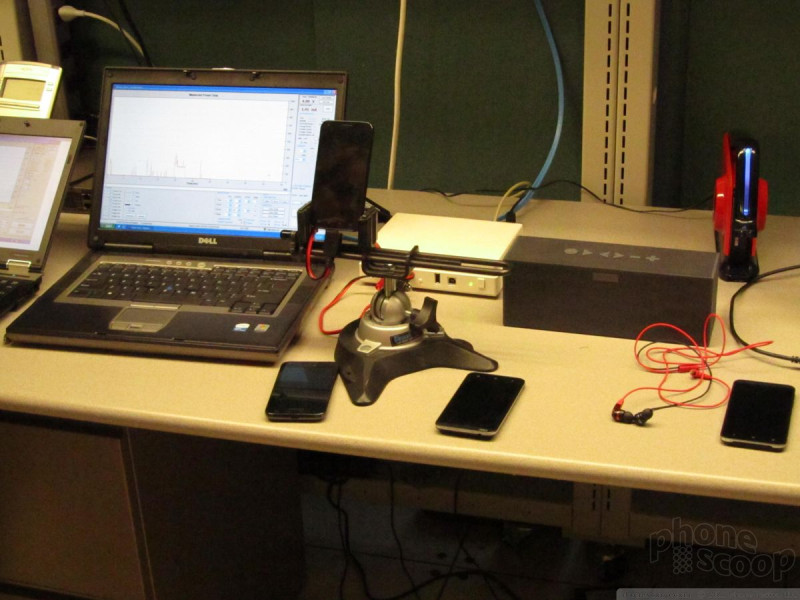
Scope
The entire certification process at Sprint takes anywhere from 12 to 15 weeks, or between three and four months. Major problems are tackled first and must be corrected before devices ship. Minor problems discovered near the end of the certification cycle can hold up the launch, or be slated for fixes after launch via maintenance releases. Nearly every phone ships with known problems that will be corrected after launch.
From start to finish, each phone is developed and certified by about 350 to 400 people worldwide. Sprint's device team and senior management discuss the progress of each device at a meeting every single week.
Sprint took pains to point out that the time it takes to prepare a new version of the operating system for a single phone takes just as much work — and time — as creating the original build of the device. That's 12 to 15 weeks, if there aren't any problems. In other words, if a device ships with Android 2.3, but will be updated to Android 4.0, it takes Sprint three to four months to test, certify, and prepare the update.
Timing
The process to select a phone and bring it to market often takes more than a year and hinges upon thousands and thousands of individual factors.
And all of it can be marred with bad timing.
Take, for example, the Palm Pre. Sprint typically announces new phones 30 to 90 days (max) before they go on sale. Palm announced the Palm Pre in January 2009, a full six months before the device went on sale at Sprint stores. According to Sprint, maintaining momentum for a device launch like that is nearly impossible. Similarly, devices that are announced, but then delayed due to any of the possible certification factors above, can really dampen initial sales.
Believe it or not, information about unannounced devices that is leaked early can impact sales of Sprint's existing lineup and screw up sales forecasts, because consumers delay making purchases in anticipation of leaked new devices.
Beyond that, Sprint has to anticipate what devices its competitors will be launching when its own new hardware goes on sale. The last thing Sprint wants is for its EVO 4G LTE to go head-to-head on launch day with the One X. As it happened, the One X reached the market about six weeks ahead of the EVO 4G LTE.
Conclusion
More cell phones are sold in the U.S. each year than cars, TVs, computers, and other appliances combined. They are some of the most advanced and complicated devices on the planet — and many of them can be purchased for just $100 or $200.
The amount of time and money investment Sprint — and other carriers — have to make to offer a single cell phone is staggering. Perhaps what made the deepest impression on me is the sheer number of people involved and the number of tests that need to be performed. The players span the globe.
It's an incredible process that I am thankful Sprint allowed Phone Scoop to more fully understand.

Comments
Meanwhile, in GSM land...
Maybe all of that testing is a little overkill if it delays Sprint's "hero" devices like the EVO 4G from launching before the competition's versions do?
Sprint
http://signon.org/sign/neutral-wireless-netwo rk?source=c.url&r_by=5304155
that if it goes through would not only give Sprint a leg up but would redefine American's wireless landscape.
javier2100 said:
That just sounds like a better name and I want to know why it didn't happen
I agree. Maybe because it's not part of the "One" series. Well it is in a technical sense but it's not exactly the same p...
(continues)
Just makes me wonder
(continues)
Great article
I was a little dismayed with the statement & roadmap graphic that shows/states "...phablet by mid 2013". I was (& still am) hoping that we'd see that by year's end. Oh well...either way, I'll be here (w/Sprint) whenever it arrives. I'm not leavin'! 😎
(continues)


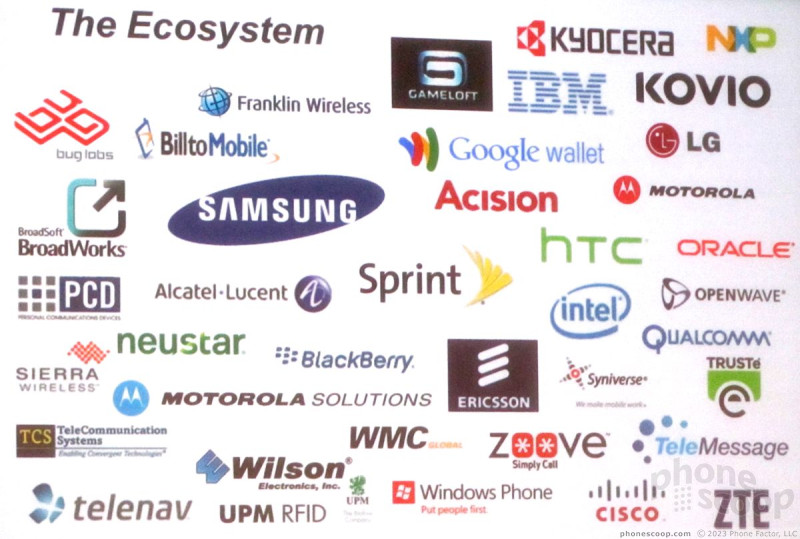




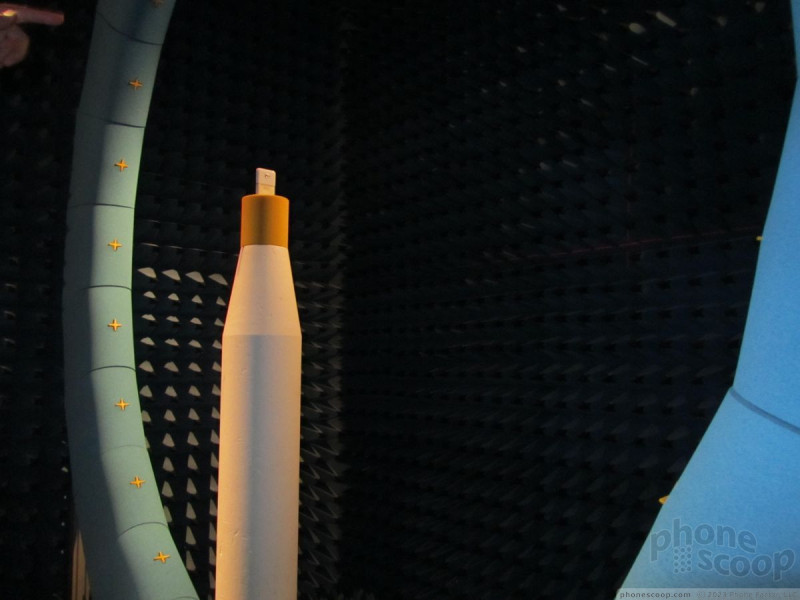












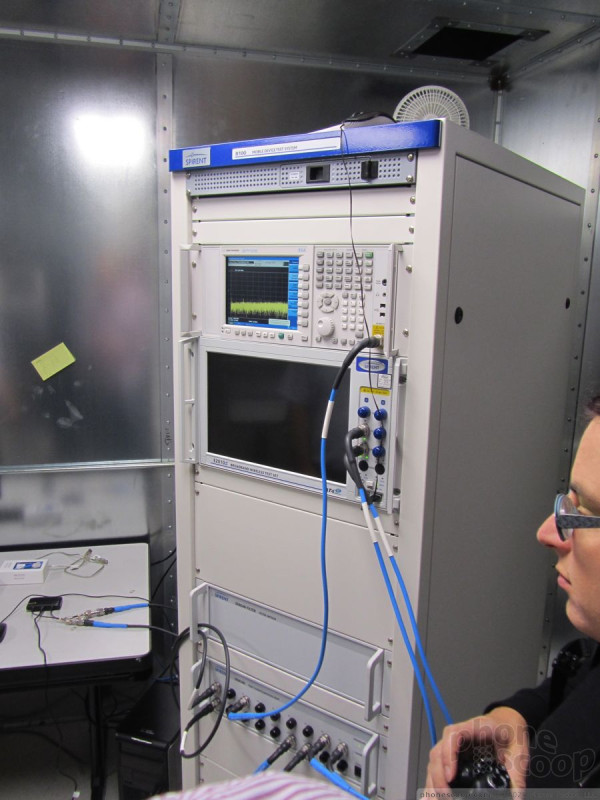




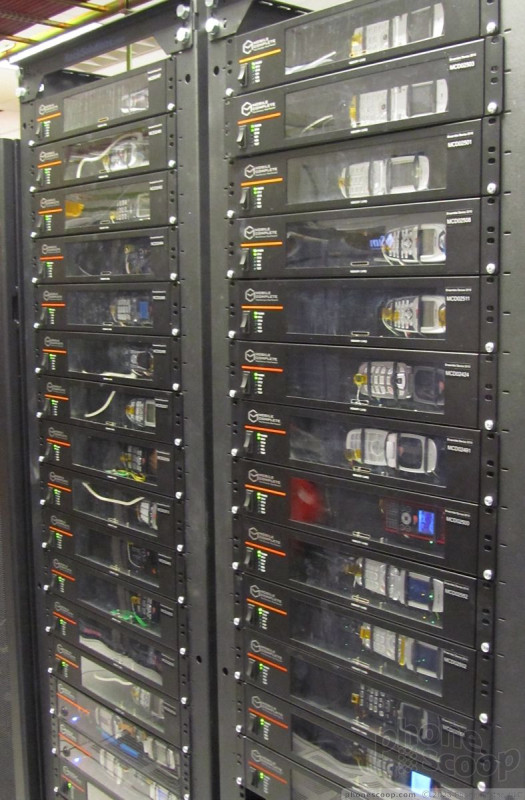


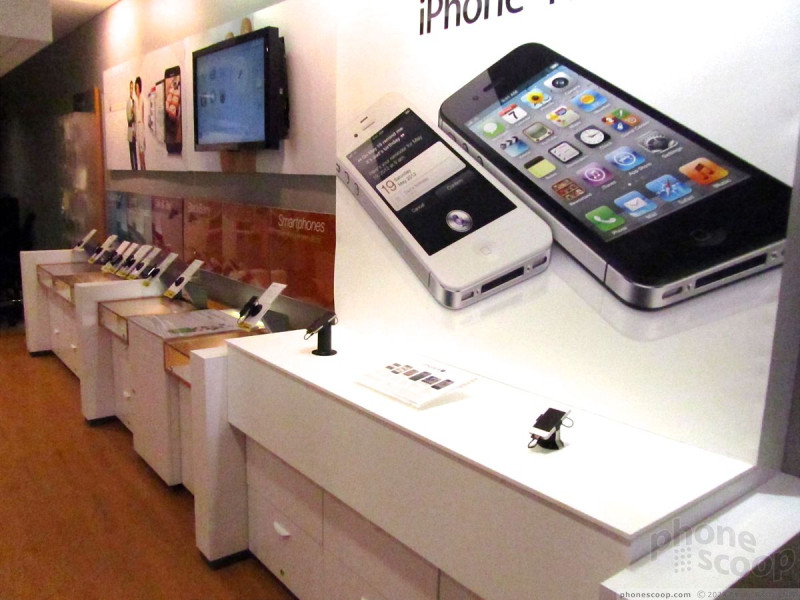




 Snapdragon 8 Gen 1 is Qualcomm's New Flagship Chip
Snapdragon 8 Gen 1 is Qualcomm's New Flagship Chip
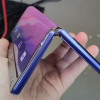 TCL's New Foldable Concept Swings Both Ways
TCL's New Foldable Concept Swings Both Ways
 Samsung S24 Series Adds More AI, Updates the Hardware
Samsung S24 Series Adds More AI, Updates the Hardware
 Apple Expands Wallet To Support Gov't IDs and Home Keys
Apple Expands Wallet To Support Gov't IDs and Home Keys
 New Emoji Finalized
New Emoji Finalized


